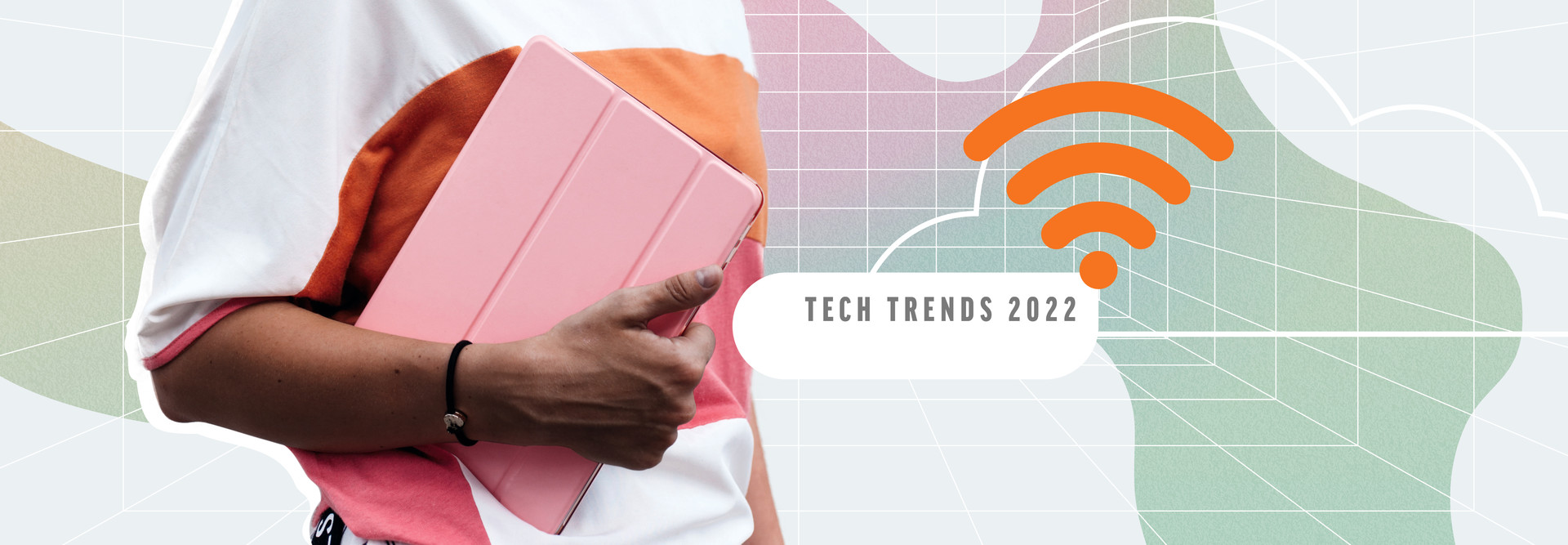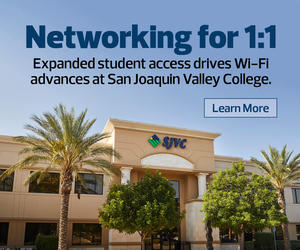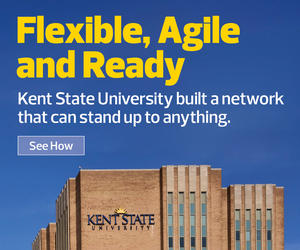1. Take a Holistic Approach to Expand Internet Access
About 87 percent of QuickPoll respondents said they experienced unstable internet connections during the fall 2021 academic year. "My Wi-Fi. It literally gives me so much stress,” a student said.
Schools are working to overcome this challenge by providing hotspots and enhancing broadband connectivity on and off campus. At Midland University in Fremont, Neb., the IT team has retrofitted classrooms and residence halls with updated equipment to provide full Wi-Fi coverage throughout the campus.
And at Coast Community College District in California, the colleges are still providing hotspots to students who can’t attend classes in person.
FIND OUT: What other tech trends will influence higher ed in 2022?
Meanwhile, Kent State University has taken a holistic approach to adding resiliency and agility to its network by automating and streamlining the monitoring of wired and wireless infrastructure.
After completing the network overhaul, connectivity improved for both online and onsite students. Whether thousands of remote students are accessing digital resources or the same number of students are using multiple connected devices to log on to university systems on campus, Kent State’s flexible network is designed to handle the traffic.
Click the banner below to learn how Kent State modernized its network.















